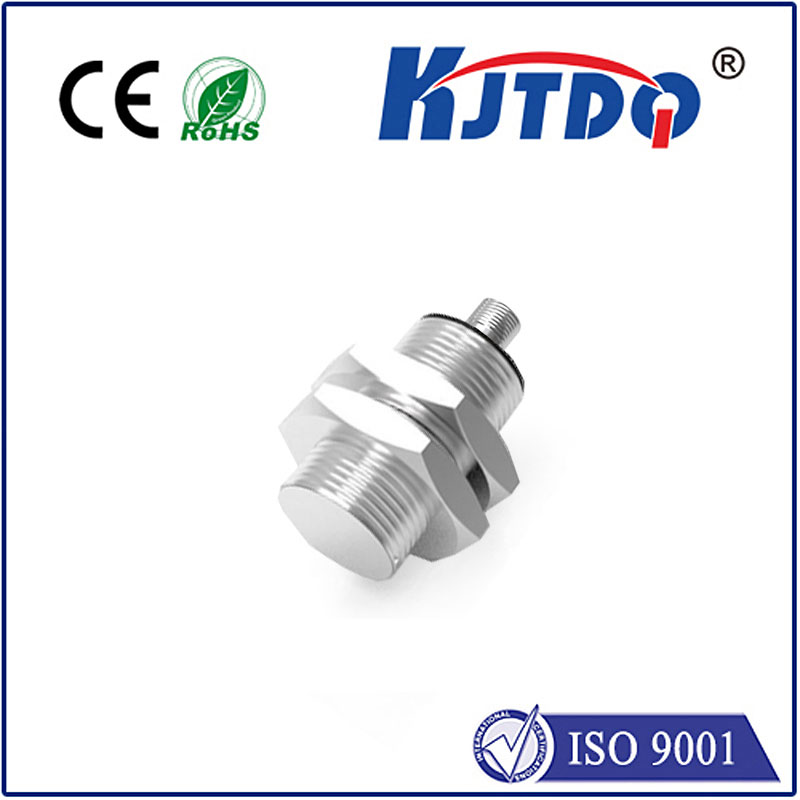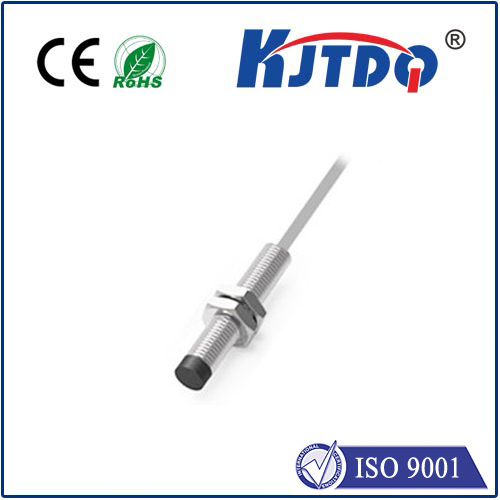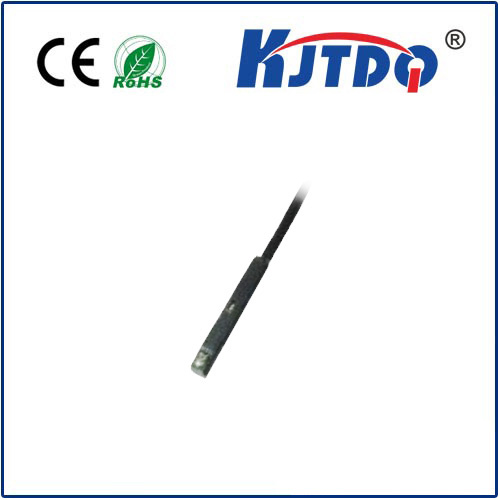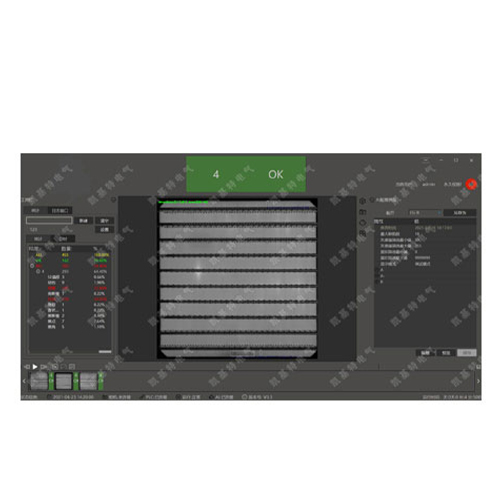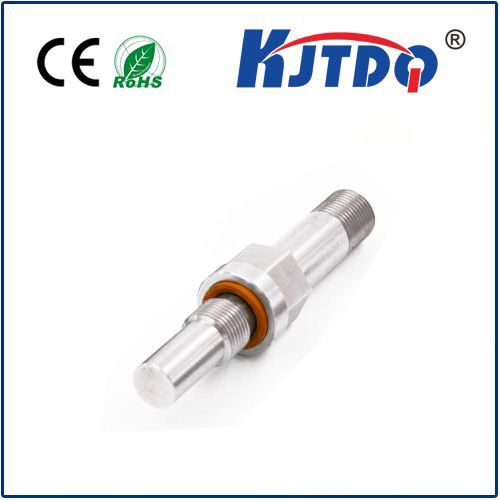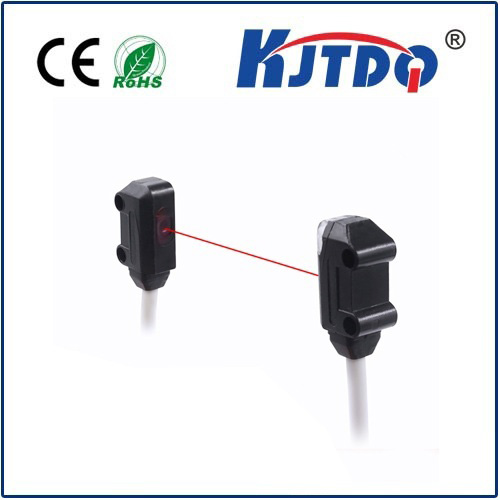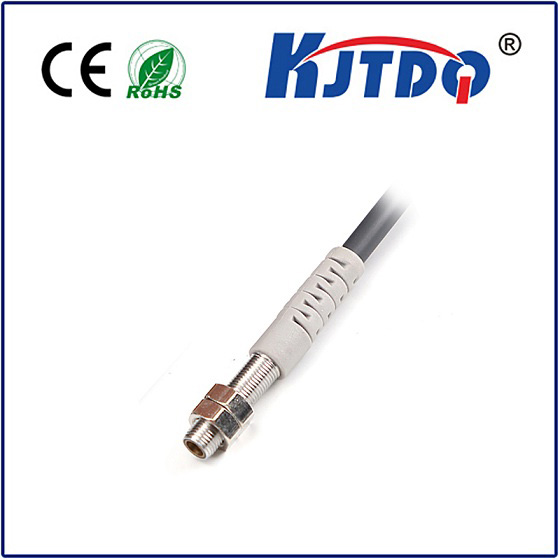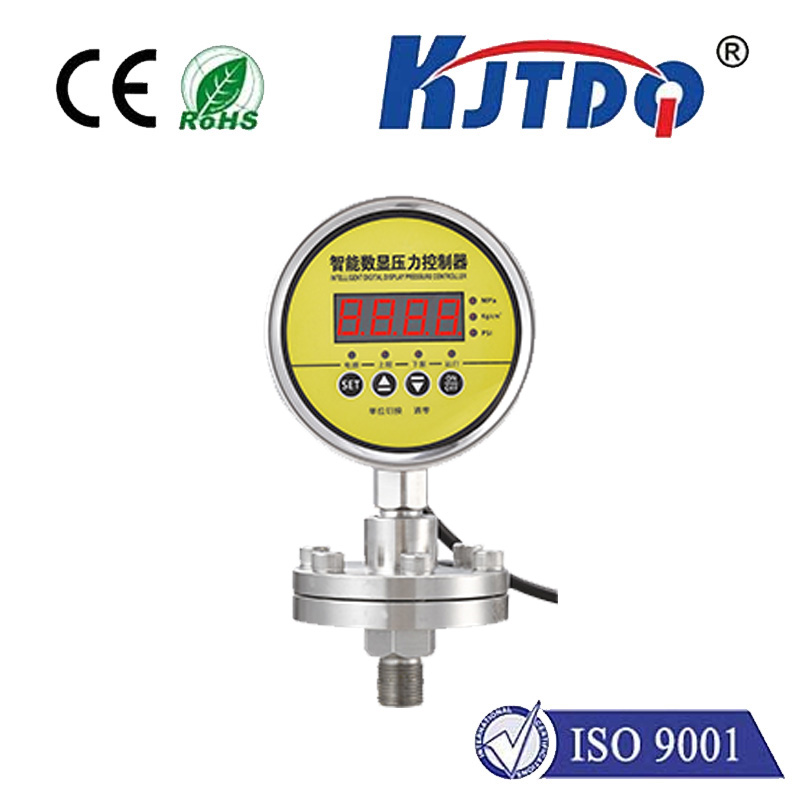small pressure sensor
- time:2025-08-22 00:05:32
- Click:0
The Mighty Miniature: How Small Pressure Sensors Revolutionize Modern Technology
Small Pressure Sensors: The Unsung Heroes Powering Precision in a Compact World
Imagine the complex dance of airbags deploying flawlessly in a collision, the gentle yet precise inflation of a wearable blood pressure cuff, or the delicate control maintaining altitude in a drone. Behind these critical functions, often invisible and unsung, lies a technological marvel: the small pressure sensor. These miniature powerhouses of measurement are quietly transforming industries and enabling innovations we now take for granted, proving that profound capability can indeed come in remarkably compact packages.
Gone are the days when pressure monitoring meant bulky, cumbersome gauges. The relentless drive towards miniaturization, fueled by advancements in MEMS (Micro-Electro-Mechanical Systems) technology, materials science, and semiconductor fabrication, has birthed a generation of pressure sensors that are incredibly small, remarkably accurate, and surprisingly robust. But what makes these tiny titans so critical?
Why Size Matters: The Compelling Advantages

The value proposition of a small pressure sensor extends far beyond simply occupying less physical space. Their diminutive dimensions unlock a cascade of benefits:
- Unlocking New Applications: Their compact footprint allows integration into devices where space is at an absolute premium. Think wearable health monitors tracking vital signs continuously, catheters for minimally invasive blood pressure measurement inside arteries, implantable medical devices, miniature drones, and even smartphones (for features like altitude measurement or barometric pressure tracking).
- Reduced System Footprint: Utilizing a miniature pressure transducer means the entire system – housing, electronics, wiring – can be scaled down. This is invaluable in portable medical equipment, aerospace avionics, robotics, and consumer electronics, leading to lighter, more efficient designs.
- Faster Response Times: Smaller sensors often have lower internal volumes and less mass. This translates directly into faster response times and higher dynamic range, crucial for applications involving rapid pressure changes like engine combustion monitoring, HVAC system controls, or detecting leaks.
- Minimal Intrusiveness: In applications like biomedical sensing or microfluidics, a small pressure sensor causes minimal disruption to the media being measured. This is essential for maintaining flow characteristics and obtaining accurate readings in delicate systems.
- Increased Design Flexibility: Engineers are freed from the constraints of accommodating large sensors. The compact nature allows for more flexible placement, integration onto PCBs directly, and opens doors for sleeker, more innovative product designs.
Engineering Ingenuity: What Powers These Miniature Marvels?
Creating a reliable, accurate pressure sensor in a micro scale package is a feat of engineering. Key technologies enable this:
- MEMS Technology: The cornerstone of modern miniature pressure sensors. MEMS involves etching mechanical structures (like diaphragms that deflect under pressure) directly onto silicon wafers using processes derived from semiconductor manufacturing. This allows for mass production, high consistency, and extreme miniaturization.
- Advanced Sensing Principles: Common methods within small pressure sensors include:
- Piezoresistive: Tiny resistors on a silicon diaphragm change resistance as the diaphragm bends under pressure. Widely used due to simplicity and robustness.
- Capacitive: Pressure changes the gap between capacitor plates (one often being a diaphragm), altering capacitance. Known for high sensitivity and low power consumption.
- Resonant: Pressure changes the resonant frequency of a vibrating element. Offers very high accuracy and stability.
- Specialized Materials: Beyond silicon, specialized materials like silicon-on-insulator (SOI) or advanced ceramics are used for harsh environments, offering enhanced chemical resistance, wider temperature tolerance, and greater durability.
- Advanced Packaging: Protecting the delicate sensing element while ensuring reliable pressure port access and electrical connections in a micro package is a significant challenge. Hermetic sealing, gel protection, and specialized port designs are critical aspects of sensor longevity and performance.
Where Tiny Titans Make a Massive Impact: Key Applications
The compact pressure sensor finds utility across a breathtakingly wide range of fields:
- Medical & Healthcare:
- Wearables: Continuous blood pressure monitors, sleep apnea detection devices.
- Diagnostic Equipment: Portable spirometers, infusion pumps.
- Minimally Invasive: Intracranial pressure (ICP) monitors, intrauterine pressure catheters.
- Ventilators & Anesthesia Machines: Precisely controlling gas delivery and patient breathing cycles.
- Industrial Automation & Process Control:
- Monitoring line pressure, filter status, and pump performance in compact machinery.
- Leak detection in tightly packed systems.
- Control systems for pneumatic actuators and valves.
- HVAC Systems: Ensuring optimal airflow and pressure control in ducts and vents.
- Consumer Electronics:
- Smartphones and tablets for weather apps and indoor navigation (barometric pressure/altitude).
- Fitness trackers and smartwatches for altitude gain/loss tracking.
- Drones for altitude hold and stability control.
- Smart Home Devices: Air quality monitors, advanced appliance controls.
- Automotive & Transportation:
- Engine control (manifold absolute pressure - MAP, turbo pressure).
- Brake fluid pressure monitoring.
- Fuel tank vapor pressure sensing.
- Airbag deployment systems (require extremely fast and reliable micro sensors).
- Tire pressure monitoring systems (TPMS).
- Aerospace & Defense:
- Altitude and airspeed sensing in UAVs and aircraft (static and dynamic pressure).
- Cabin pressure monitoring.
- Hydraulic system monitoring in space-constrained avionics bays.
- Environmental Monitoring:
- Compact weather stations.
- Water level sensing.
Critical Considerations: Selecting the Right Miniature Sensor
Choosing the optimal small pressure sensor requires careful analysis beyond just dimensions and pressure range:
- Accuracy & Stability: How precise must the measurement be? Does it drift over time or temperature?
- Media Compatibility: What fluid or gas is being measured? Will it corrode standard silicon? Harsh environments demand specialized materials.
- Operating Temperature Range: Will the sensor see extreme heat or cold?
- Output Signal: Analog (voltage, current) or digital (I2C, SPI)? Digital outputs simplify integration but may add cost.
- Power Consumption: Critical for battery-powered wearables and portable devices. Low-power MEMS sensors excel here.
- Long-Term Reliability & Durability: Expected lifespan and resistance to shock/vibration. Robust packaging is key.
- Cost: Balancing performance requirements against budget constraints.
The relentless push for miniaturization continues. Future trends point towards even smaller pressure sensors with integrated intelligence (on-chip calibration, diagnostics), lower power consumption for the Internet of Things (IoT), enhanced wireless capabilities, and further improvements in ruggedness and media compatibility. Micro pressure sensors, once niche components, are now fundamental building blocks, enabling the smarter, more connected, and more efficient technology that defines our era. Their compact size belies their colossal impact, proving that within the smallest packages often resides the most significant potential.








